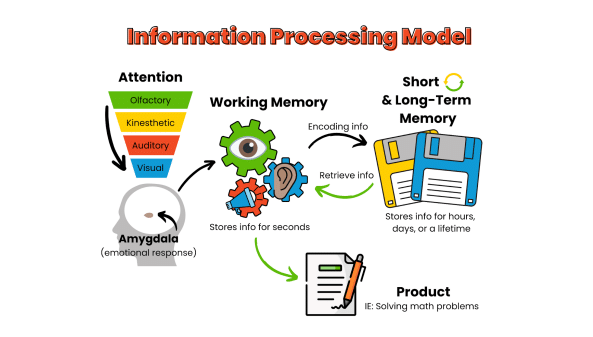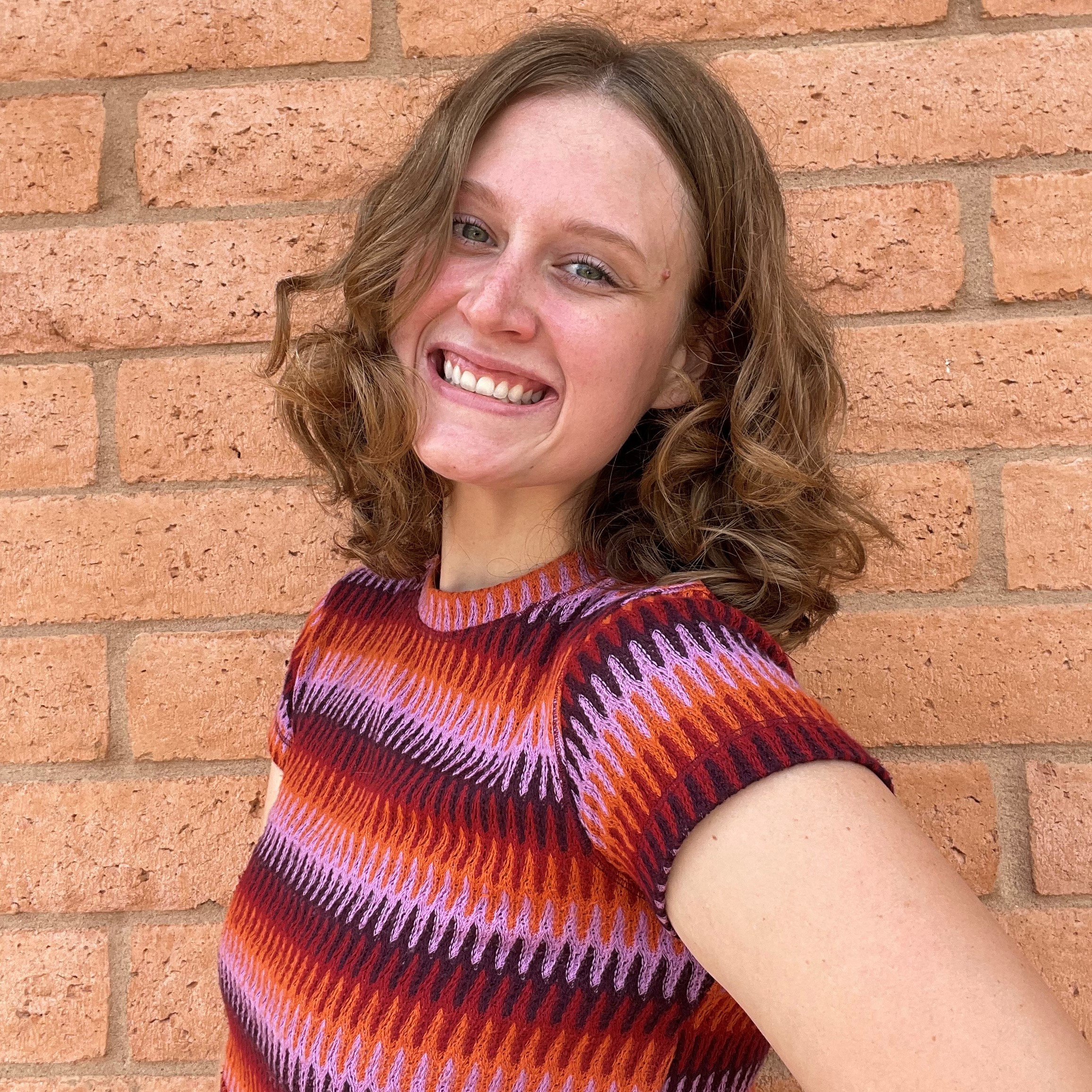Addition & Subtraction Math Facts Webinar: How to make them stick for students with dyslexia and dyscalculia
“Tell me about a time when you knew you weren’t good at math.”
Before I could even set the timer, Maya’s pencil fervently scribbled in her journal. She knew the exact moment. In third grade, her class was working on memorizing math facts. The teacher implemented a program where students earned a scoop of ice cream for each math fact family memorized. Then, at the end of the year, a party, to reward the students with ice cream! Fun for students right? Not for Maya.
Maya only earned three scoops, while most of her class had all 12.
The wound cut deep. She spent hours practicing with flashcards and playing games with her mom, but the facts would not stick. But, in her words, “that’s when I knew.” My heart sunk as I heard her story. This program was not meant to hurt but rather inspire students to work hard.
No teacher knowingly would do this to their student.
RELATED: What is Academic Wounding?
Table of Contents
In 2022, the NAEP reported that only 36% of fourth grade students are at or above grade level and 41 % in 2019 before the pandemic. That means that more than 60% of students are struggling with mathematics!! It’s plausible that 10-20% of those students struggling have a learning disability that affects math but what’s happening to the other 40%?
Brain Processes for Retrieval of Math Facts
Different parts of the brain are used for math problem solving when compared to retrieval of math facts. Brain imaging studies suggest that math calculations rely on an interaction between parts of the brain that process quantity, visual information, and verbal representations of numbers (Frith & Blakemore, 2005).
However, rote math fact calculations are performed largely using the verbal system.
One possible reason is because math facts are typically taught through rote, verbal memorization.

However, it should be noted that these students may not have as much difficulty with math reasoning due to the many parts of the brain involved in math problem solving compared to math fact recall alone. In other words, being “bad at math facts” does not equate to being “bad at math.”
Could it be dyslexia, dyscalculia, or both?
Mingozzi and her team found that dyslexia has implications for problems with phonological processing, word retrieval, and working memory. Recall of math facts is a similar process to word retrieval and therefore difficult for students (2023).
Dyscalculia has known issues with working memory in regards to visual-spatial, how math works (semantics), and spatial representation of numbers. What about those students that have a diagnosis of both?
We would see both traits plus a stronger deficit in numerical understandings and stronger deficits in mental representation of numbers. Which leads us back to the beginning here:
Why do we see such a higher percentage of students struggling with math facts that don’t have dyslexia or dyscalculia?
First, students must actively engage their attention. The information is taken in through the five senses and the amygdala is on alert for things that are anxiety inducing. If we make it past those things, information is processed in working memory. Working memory can only hold approximately four chunks of information before it becomes overloaded, and working memory only lasts for a few seconds.
If the brain has determined that the info is important, it will then be moved into short term memory. More repetition and connections within the brain are needed to move the information into long term storage. The brain is efficient, so it will prune info that it determines is not useful or interesting. Info that has more linkages and is reviewed often is deemed more important than info that is fairly disconnected or seldom used.

In some cases, rote drilling may be appropriate when students are actively engaged and are moving a set of known facts from short term to long term memory; however, it isn’t an appropriate method for initial fact learning.
How should math facts be introduced if not through flashcards or drilling?
Every lesson introducing a student to a math fact concept needs to include these principles.
- Narrow the facts
- Apply subitizing
- Hands-on instruction
- Near-point reference
When we tap into more senses, we strengthen connections in the brain. Now instead of just seeing a fact written in numbers and saying it, a student will be touching the facts, seeing it, and saying it.
Our lessons feature the work of Dr. Joyce Steeves. The format is similar to what you might see during an OG reading lesson.
- We begin with a warm/up and counting
- We play a practice game
- We introduce new vocabulary using etymology and word study
- We introduce the new concept
- And finally, we practice the new concept
Watch a Doubles Plus One Lesson in Action
Students like Annie and Maya are seeing success following this framework. The good news is that you don’t have to recreate it at all! We’ve taken the guess work out for you with our Math Facts to Memory Volume 1.
Are You Looking for a Better Way to Teach Math Facts?
Check Out Math Facts to Memory™ Vol 1 (DIGITAL ONLY)
Stop wasting your time with flashcards and rote memorization for students that learn differently. Discover the power of multisensory techniques in math fact instruction.
Over 40 lessons covering adding and subtracting within 10
- Explicit instruction for both YOU and the student
- Specific language to enhance learning
- Math vocabulary pages featuring morphology and gross motor movement
- Student practice sheets
- Games to practice math facts
Math Facts to Memory™ Volume 1 is appropriate for all learners but is essential for those with dyslexia and dyscalculia.
Grab your copy for just $35.
Updates for the life of the product!
MFM Authors

Jennie Miller
Marketing Assistant
is our Marketing Assistant and content creator here at Made for Math. Jennie loves being part of a company that is working to make mathematics accessible to children with dyscalculia.

